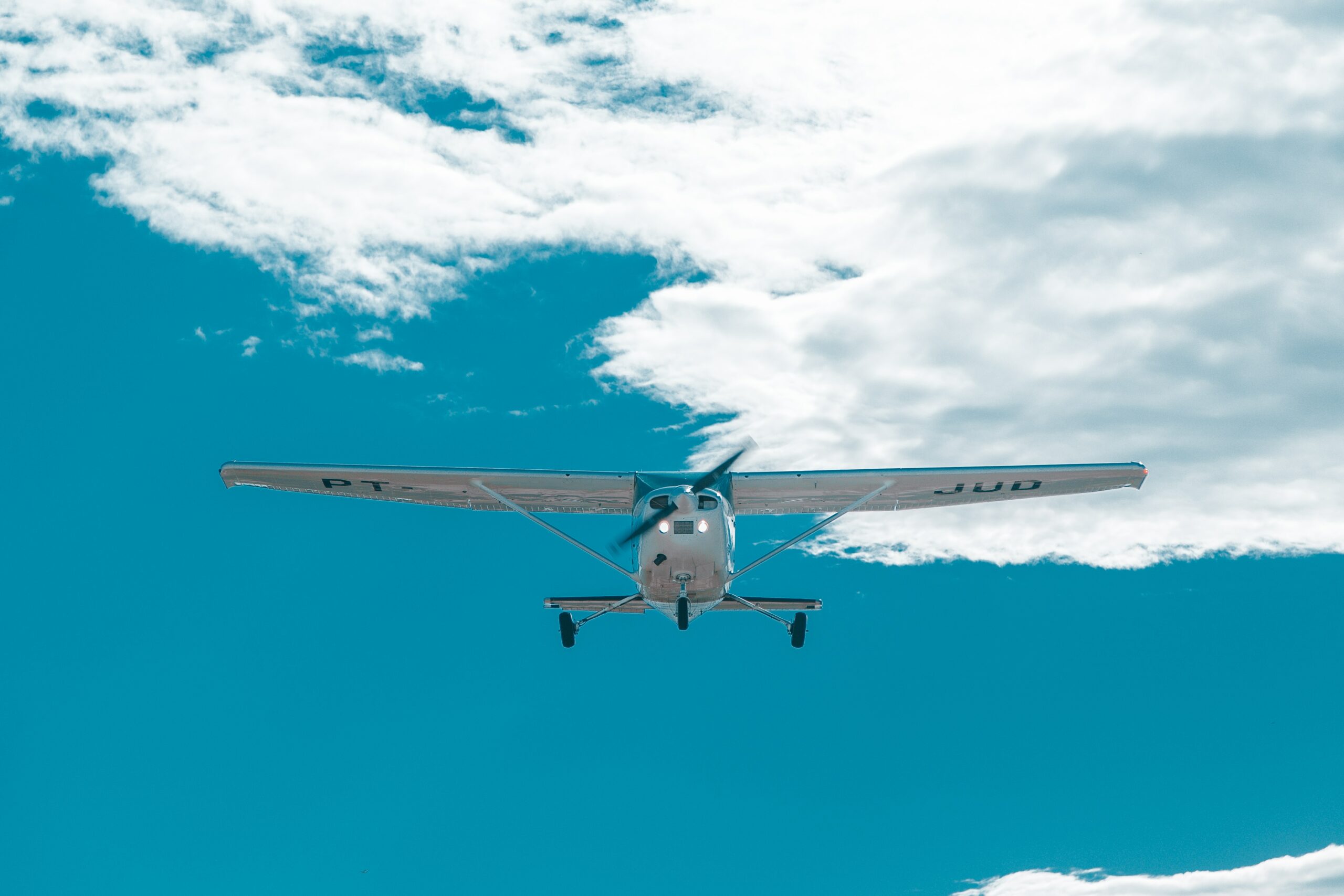Attitude, Power and Performance

by
Posted
EVERY STUDENT Pilot is told early on in their flight training something like “pitch plus power equals performance” or “attitude plus power equals performance”. I’m teaching three or four ab-initio students who are all in the first few hours of learning to control an airplane, and like every good instructor, I include one of these simple sentences in my briefings frequently.
I’m also working with some students more advanced in their training, who (like all of us) make the occasional blooper or mistake when performing some flying manoeuvre or another. Watching those mistakes it looks like the simple lesson of “attitude plus power equals performance” hasn’t been absorbed as well as it should have. Or, at least, if the real lesson of this sentence was kept closer to the front of those students’ minds then some of those errors would be smaller, and some wouldn’t occur at all.
What “attitude plus power equals performance” is trying to describe is that for every steady performance of an airplane desired – level flight, climb, descend, turn, go slow, go fast – there’s a single combination of both power (engine rpm) and attitude that will achieve it. But to really make use of that knowledge the pilot has to internalize and trust that the attitude of the aircraft is recognized, controlled and sensed by seeing where the horizon falls in the field of view through the front (and occasionally side) window of the airplane.
If you’re looking for a 45° bank turn in level flight for example, at a particular airspeed, you need to move the yoke and the rudder – the primary flight controls – until the horizon is in the correct place to achieve it.
How do you recognize when the horizon is in the right place? Perhaps it’s better to ask how you recognize the horizon is in the wrong place. This is where the flight instruments come in. And, this is only where the flight instruments come in. The gauges and dials and the markings and numbers on them are only there firstly to tell you when the horizon is wrong, secondly to suggest to you how to move the horizon from where it is now, to a better place, and thirdly, after you’ve moved the horizon, to tell you (hopefully) that the horizon is now in the right place, and confirm to you that you should simply keep it there, for as long as you want that manoeuvre or performance to continue.
I’m not talking here about dynamic manoeuvres like spins, or chandellles, or trying to enter power-on stalls, for example – where criteria like airspeed and altitude and bank angle are changing continuously through the manoeuvre. We can leave “advanced” stuff like that for later. I’m talking about the very first few hours of learning to fly where maintaining straight-and-level flight can seem like trying to wrestle a disobedient dog (I have one) or control a disobedient horse (I don’t).
My friend Andrew, who other than an expert aerobatic pilot is also a professional engineer, speaks of flying “closed-loop”: assess the performance you’re getting then move the horizon in accordance with what you don’t like. Rinse and repeat. Until after a cycle or two there’s nothing you don’t like. loop closed, desired performance achieved. Computers are very good at negative feedback loops like this. People – not so much. We’re slower, and it’s not natural, at least to begin with. So if you’ve just started learning to fly this is something you really have to work at. Don’t expect it to be either obvious or easy.
But even if you’re experienced, sometimes it’s worth reminding yourself when something isn’t going the way you want from the pilot’s seat. Messing up a manoeuvre? Tell yourself to choose a new horizon position, or a new power setting, and reassess. Sometimes I catch experienced pilots (including myself) making control movements out of habit without closing the loop. And sometimes we get caught out and the airplane doesn’t do what we want. In that case, speak to your inner self, make that feedback loop explicit and take control again.
Something that has come up for discussion with students recently is the use of flight simulators like Microsoft’s, or X-Plane, in primary flight training. What I’ve found with students experienced in these is that they don’t advance a student’s progress. To be honest, I think they’re usually detrimental to learning basic skills. Why? I’m not sure, but I have a theory that this is because if you use a flight simulator you teach yourself that the “real” way to fly a plane is by looking at dials and gauges. The horizon is there as part of the scenery, and scenery is there for people who like playing video games, not for people like real pilots who appreciate the technical artistry of simulating aircraft, so my theory-of-mind goes.
I might be guessing wrong but perhaps budding pilots imagine that watching the numbers and needles on the control panel is the more professional way to fly. The truth couldn’t be more different. If a computer flight simulator is to be any use in speeding the process of learning to control a real airplane then it’s the position of the simulated horizon in the simulated window that you should be looking at, and using the simulated instruments to inform you about whether your simulated horizon is now in the correct place. Maybe someone who reads this who likes simulators can let me know what they think. You’ll find my contact details on the front page of this website.